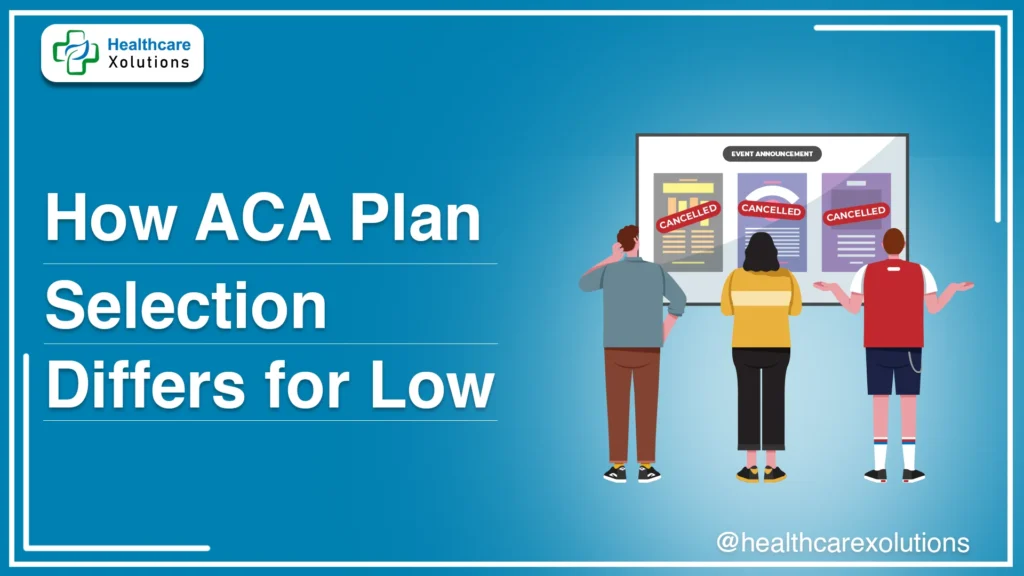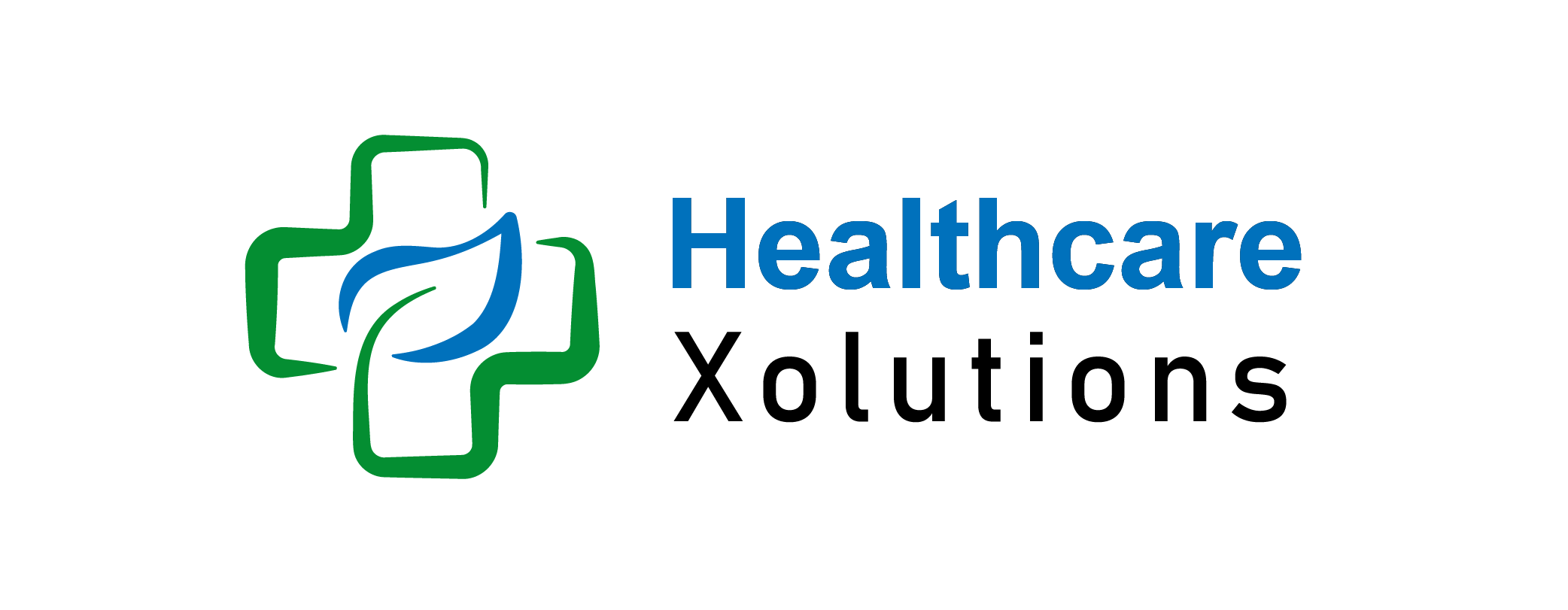How ACA Plan Selection Differs For Low-Income Families

As of 2024, the Affordable Care Act (ACA) has significantly expanded healthcare access in the United States, with over 21 million individuals selecting Marketplace plans during the 2024 Open Enrollment Period a record high since the ACA’s inception. This surge underscores the ACA’s pivotal role in providing affordable health coverage, particularly for low-income families. However, the plan selection process for these families involves unique considerations, including eligibility for subsidies, Medicaid expansion, and plan options.
The Affordable Care Act (ACA) has created a more accessible healthcare landscape in the U.S., especially for low-income families. While ACA plans are available to a wide range of income brackets, the ACA plan selection process and options can differ significantly for low-income families. From financial assistance eligibility to understanding plan benefits, navigating the ACA marketplace comes with unique considerations for those with limited income.
This article provides a closer look at the factors that shape ACA plan selection for low-income families and Individuals.
Read More: How To Apply For ACA Insurance? A Complete Guide
Key Takeaways:
- Subsidies and Financial Assistance: Low-income families often qualify for subsidies that reduce premiums and out-of-pocket costs, making ACA plans more affordable.
- Medicaid Eligibility: In states with expanded Medicaid, low-income individuals may qualify for free or low-cost coverage, limiting the need for private ACA plans.
- Limited Plan Options: ACA marketplace plans available to low-income families may offer fewer options with specific networks, impacting provider choice and coverage types.
- Out-of-Pocket Protection: Cost-sharing reductions for low-income enrollees lower expenses like deductibles and copays, making healthcare more accessible.
- Plan Renewal and Complexity: Low-income families often need to navigate complex annual renewals.
Table of Contents
What is Meant By The ACA plan?
An ACA plan refers to a health insurance plan that complies with the standards set by the Affordable Care Act (ACA), a U.S. healthcare reform law enacted in 2010. ACA plans are also commonly known as Obamacare plans. They are designed to provide affordable and comprehensive health coverage and are available for individuals and families who do not have access to employer-sponsored health insurance.
Key Features of ACA Plans:
Essential Health Benefits: ACA plans cover ten essential health benefits, including hospitalization, outpatient care, emergency services, prescription drugs, maternity and newborn care, mental health services, and preventive services.
- Pre-existing Conditions: Insurers cannot deny coverage or charge higher premiums for pre-existing conditions.
- Preventive Services: Many preventive services, such as vaccinations and screenings, are covered at no additional cost.
- Subsidies: Income-based subsidies (premium tax credits and cost-sharing reductions) are available to help lower-income individuals afford coverage.
- Metal Tiers: Plans are offered in metal tiers Bronze, Silver, Gold, and Platinum each representing different levels of coverage and cost-sharing.
ACA plans are typically available through Health Insurance Marketplaces (or exchanges) during an annual enrollment period, but some individuals may qualify for a special enrollment period due to life events like marriage, birth, or job loss.
Eligibility for Subsidies and Financial Assistance:
One of the biggest differences in ACA plan selection for low-income families is eligibility for subsidies. The ACA provides two main forms of financial aid: premium tax credits and cost-sharing reductions (CSRs).
- Premium Tax Credits: These credits help to reduce the monthly cost of health insurance premiums. Low-income families (those making between 100% and 400% of the federal poverty level) are often eligible, significantly lowering their monthly payments.
- Cost-Sharing Reductions (CSRs): These additional savings reduce out-of-pocket expenses like deductibles, copayments, and coinsurance. CSRs are available to families with incomes below 250% of the federal poverty level, but only when they choose a Silver plan on the ACA marketplace.
Together, these subsidies make ACA plans more affordable, but they also influence ACA plan selection for low-income families and individuals. Low-income families often prioritize Silver plans, which provide the added benefit of CSRs, making healthcare costs more manageable throughout the year.
Medicaid Expansion and Its Impact on Coverage Options:
In states that opted for Medicaid expansion under the ACA, low-income families with incomes below 138% of the federal poverty level are eligible for Medicaid. Medicaid coverage typically has minimal or no cost, with a range of benefits similar to those offered by standard health insurance.
For families in states without Medicaid expansion, however, the ACA marketplace may be the only option. This creates a coverage gap for those who make too little to qualify for ACA subsidies yet too much to qualify for Medicaid in their state. Understanding whether a family qualifies for Medicaid versus an ACA plan is a critical step, as it directly impacts the affordability and breadth of coverage available.
Network Restrictions and Provider Access:
Low-income families often prioritize finding plans that cover local healthcare providers, particularly community health centers that may offer services on a sliding scale. However, many ACA marketplace plans are limited-network options, such as Health Maintenance Organization (HMO) plans, which require families to use in-network providers to keep costs low.
Although narrow-network plans tend to have lower premiums, they can limit provider choice, particularly in rural areas where in-network options may be scarce. Families need to assess whether the savings on premiums are worth the potential limitation in provider access, especially if they rely on specific healthcare facilities or specialists.
The Importance of Preventive Services:
For low-income families, preventive care is crucial. The ACA mandates that all marketplace plans cover preventive services such as immunizations, screenings, and wellness checks without any cost-sharing. This feature is particularly valuable for low-income families who might otherwise avoid routine medical visits due to financial constraints. Choosing a plan that emphasizes preventive care helps families avoid costly emergency visits and manage chronic conditions early, making it a primary consideration in ACA plan selection for low-income families and individuals.
Special Enrollment Periods and Income Fluctuations:
Low-income families often experience fluctuations in income, which can affect their eligibility for certain benefits. The ACA accommodates changes in income by allowing for special enrollment periods (SEPs) if a family’s financial situation changes outside of the usual enrollment period. This flexibility is invaluable, enabling families to adjust their coverage as needed without waiting for the annual enrollment period.
Understanding these SEP rules is essential for low-income families, as they can change plans or access Medicaid when income dips, avoiding gaps in coverage.
Navigating Out-of-Pocket Maximums and Deductibles:
For low-income families, balancing premium affordability with out-of-pocket costs is a constant challenge. Many ACA plans with low premiums come with high deductibles, which may deter families from seeking care until absolutely necessary. The ACA’s CSR subsidies mitigate this to some extent for eligible families by lowering out-of-pocket costs on Silver plans.
Choosing a plan with a manageable deductible and out-of-pocket maximum is crucial. Families need to assess their anticipated healthcare needs, particularly if they have regular prescription costs or chronic conditions.
Access to Support and Resources for ACA Plan Selection For Low-Income Families:
Navigating ACA plan options can be overwhelming, and low-income families often benefit from assistance programs like health navigators or marketplace guides. These resources are designed to help families understand the options available, calculate subsidy eligibility, and select plans that suit their needs and budget. Ensuring access to these support resources is vital for making informed decisions.
Prioritize Plans with Low Out-of-Pocket Costs:
While Bronze plans might have the lowest premiums, they often come with high deductibles and out-of-pocket expenses. For low-income families who may need regular care, this can lead to unexpected financial strain. Silver plans, on the other hand, offer a balance by providing reduced out-of-pocket costs when eligible for CSR.
Evaluate Essential Health Benefits (EHBs):
All ACA-compliant plans must cover a set of essential health benefits (EHBs), which include:
- Prescription drugs
- Mental health services
- Emergency services
- Pediatric care
- Preventive and wellness services
Families should review EHB coverage and compare them across different ACA plans. Plans offering comprehensive EHB coverage can help reduce additional expenses for regular and preventive care.
Compare Networks for Local Accessibility:
Not all plans have the same network of healthcare providers, and out-of-network care can lead to much higher costs. Families should verify that nearby hospitals, clinics, and preferred doctors are covered within the plan’s network. Selecting a plan with an extensive local network can save on travel costs and ensure easier access to quality care.
Consider Family Needs and Chronic Conditions:
ACA plans vary in terms of specific coverage, so it’s crucial to consider the health needs of each family member. Families with chronic conditions or specialized care needs should look for plans offering lower co-pays for regular treatments. Likewise, families with young children may benefit from plans emphasizing pediatric care and preventive services.
Take Advantage of Open Enrollment:
The ACA Open Enrollment Period (OEP) typically runs from November through January. During this period, families can select a new plan or make adjustments to existing coverage. For those who qualify due to life events such as marriage, childbirth, or relocation, Special Enrollment Periods (SEPs) offer an additional opportunity to enroll or make changes.
Use Online Tools and Enrollment Assistance:
Healthcare.gov and state exchanges offer tools that allow users to compare plans based on income and family size. Many of these tools provide real-time estimates on eligibility for subsidies. Additionally, ACA navigators and certified enrollment specialists can guide families through the application process, offering insights on plan options and helping with subsidy applications.
Don’t Forget About Dental and Vision Coverage:
While ACA plans cover essential health benefits, dental and vision care may be separate, particularly for adults. Some states offer supplemental coverage options, or families may find that standalone dental and vision plans add value. These extra plans can help avoid unexpected expenses, especially if children need braces or glasses.
Reassess Each Year:
Since healthcare needs and financial circumstances may change, it’s beneficial for families to review their ACA plan annually. Changes in income or household size can affect subsidy eligibility and the choice of plan, allowing families to make adjustments that continue to meet their financial and healthcare needs effectively.
Conclusion – ACA Plan Selection For Low-Income Families And Individuals:
ACA plan selection differs for low-income families in key ways, from eligibility for subsidies and Medicaid to managing out-of-pocket costs and understanding network limitations. The ACA has greatly improved access to affordable healthcare for low-income families, but the unique challenges they face highlight the importance of personalized ACA plan selection. By carefully assessing subsidy eligibility, preventive care options, and provider networks, low-income families can select ACA plans that not only meet their immediate health needs but also support their financial stability.
FAQ – ACA Plan Selection For Low-Income Families:
Are there specific ACA plans for low-income families?
While there aren’t specific plans exclusively for low-income families, the ACA offers subsidies and tax credits that make plans more affordable. These include premium tax credits and cost-sharing reductions.
How do deductibles work for low-income families with ACA plans?
A deductible is the amount a family pays before their insurance starts to cover services. For low-income families, CSRs can significantly reduce deductibles if they select a Silver plan, making healthcare services more affordable.
